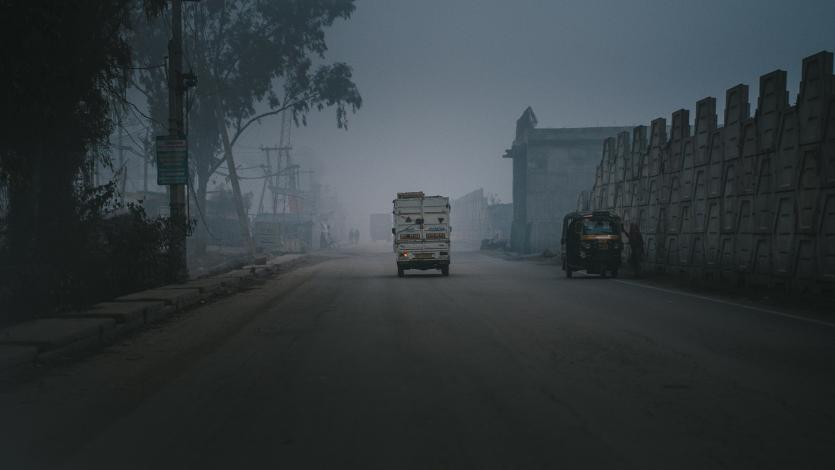Photo by Rupinder Singh on Unsplash
By Patryk Krych | The World Daily | NOVEMBER 5th 2021
Following the Festival of Lights known as Diwali in India, New Delhi had experienced a severe and toxic smog coating over the city the morning after – a combined result of the city’s already severely polluted air, and the defying of a fireworks ban during the celebrations.
Diwali is a five-day long festival in India, typically celebrated by Hindus, Jains, Sikhs and some Buddhists. It’s one of the country’s most major celebrations, and despite a fireworks ban having been implemented during this period to avoid the negative effects of firework smoke, plenty were set off nonetheless by the festival’s revellers.
Of all the worldwide capital cities, New Delhi is renowned as the one with the absolute worst air quality and toxic smog pollution. Air readings are taken nearly every day to determine the quality of air and how it’s changing – with results having been particularly bad on Friday, following the festival of lights.
“The firecracker ban didn’t seem to be successful in Delhi, which led to hazardous pollution levels adding on top of existing perennial sources,” said an analyst at the Centre for Research on Energy and Clean Air (CREA), Sunil Dahiya.
A ban on firecrackers and fireworks is imposed annually in India around this time, either by India’s Supreme Court or by governmental authorities. However, it’s rare that this type of ban is ever followed, and widespread use is often inevitable.
The Air Quality Index (AQI) had risen up to the highest concentration of toxicity recorded all year – that being 451 on a scale of 500. The way AQI works is by measuring the amount of poisonous particulate matter PM2.5 that’s found in one cubic meter of air.
The World Health Organization typically deems anything above an annual average of five micrograms as dangerous, and the PM2.5 reading for New Delhi on Friday was found to be averaged at 706 micrograms.






